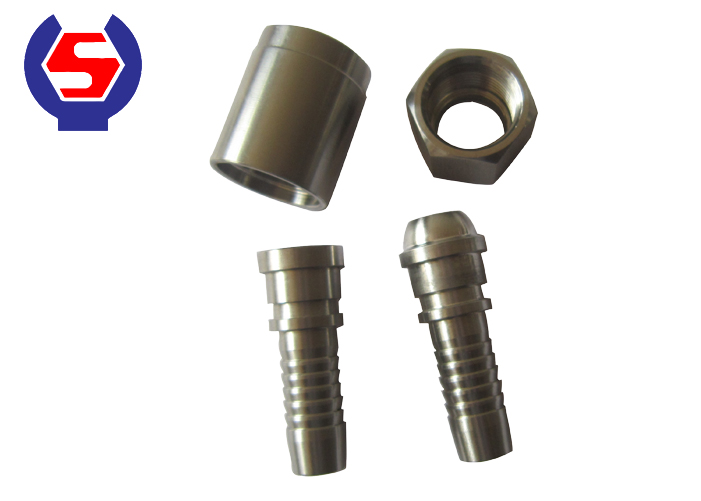The Malleable Iron Pipe Fittings Factory share the classification of pipe joints.
Related products for pipe joints can be divided into:
1. Rubber joints: flexible rubber joints, double ball rubber joints, reducer rubber joints, eccentric rubber joints
2. Waterproof casing type: flexible waterproof casing, rigid waterproof casing, long waterproof casing
3. Transmission joint type: double flange force transmission joint, single flange force transmission joint, detachable double flange force transmission joint
4. Expansion joints: cast iron retractor, steel retractor, double flange limit expansion joint, single flange limit expansion joint, gland type expansion joint, gland limit expansion joint
5. Stainless steel corrugated compensator: hose nipples, direct buried corrugated compensator, small tie rod corrugated compensator, large rod corrugated compensator

Pipe joints have the advantages of convenient installation, superior performance and long service life. They are widely used in the construction of water supply and drainage projects in the fields of water supply, drainage, electric power, metallurgy, urban construction, petroleum, chemical and environmental protection.
The pipe joint is a commonly used component in the pipeline, which acts to connect the pipe, change direction, and take out the pipe. When the pipe joint is threaded, the size of the threaded pipe joint is nominally the outer diameter of the steel pipe. Since the connection of the pipe joint is based on the outer diameter, the outer diameter of the steel pipe and the outer shape of the pipe joint are the same under various pressures, and the wall thickness is the same. The inner diameter is different. When the pressure is low, the wall thickness is thin and the inner diameter is large; when the pressure is high, the wall thickness is thick and the inner diameter is small. At the same flow rate, the flow rate is slightly higher at high pressures. Although the pressure loss in the tube is slightly increased at high pressure, the relative value of pressure loss (Δp/p) does not increase and is reduced in most cases. Therefore, the pipe joint is nominally based on the outer diameter.
Based on the outer diameter, it not only reduces the number of outer diameter specifications of seamless steel tubes, but also reduces the number of specifications of threaded joints, and facilitates the generalization of low, medium and high pressure threaded pipe joints, which has great economic significance in production. On the contrary, if the inner diameter is used as the reference, the outer diameter of the pipe and the number of specifications of the pipe joint under various pressures are increased, and the low, medium and high pressure threaded pipe joints are difficult to be interchanged universally, which is not conducive to the organization and specialized production.
Pipe joints are divided into four types: ferrule type pipe joints, flared pipe joints, welded pipe joints and other pipe joints. Commonly used different types of pipe joints have been basically standardized, general pipe joints are formulated as national standards or machinery industry standards, and special pipe joints are formulated as various industry standards.